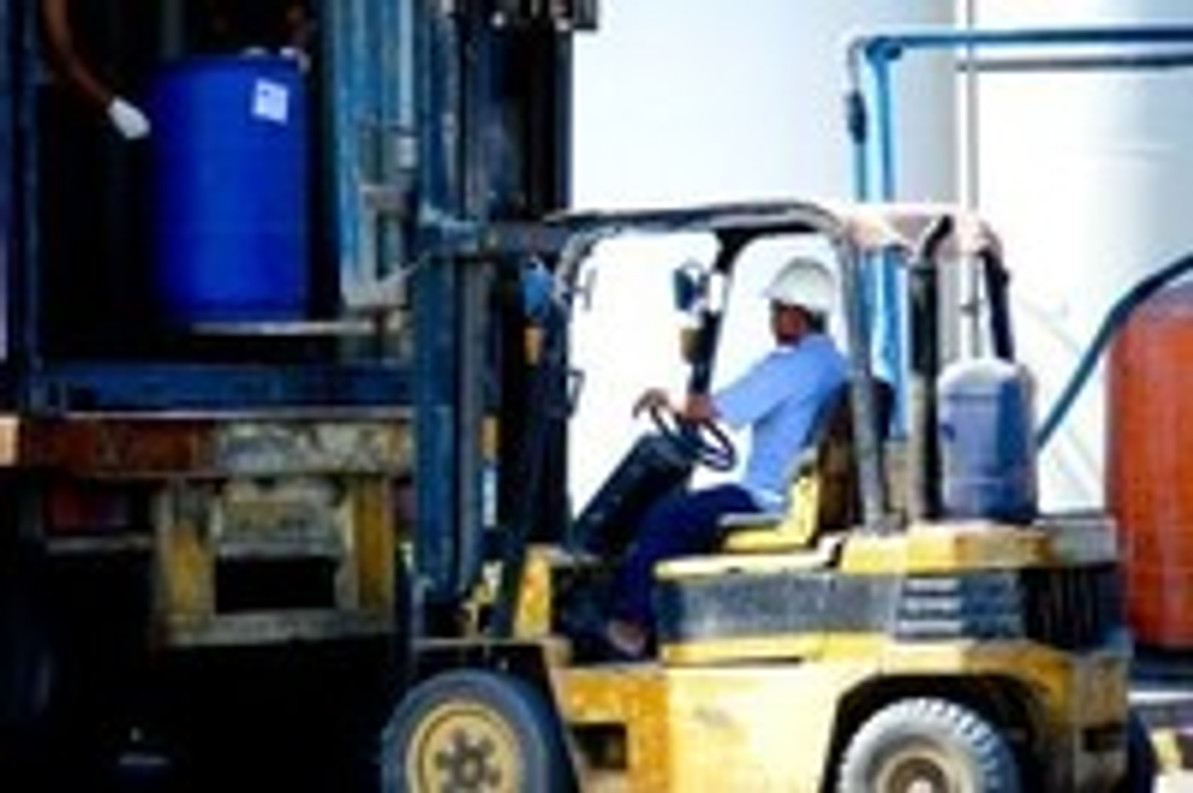Young Workers Are More Likely To Suffer Job-Related Injury
Millions of workers suffer a non-life-threatening injury while on the job each year. Ever since the Occupational Safety and Health Administration (OSHA) was established in 1971, the rates of workplace injuries and illnesses has declined. But a new study suggests that young workers are more likely to suffer from a job-related injury or illness.
According to the Saskatchewan Workers Compensation Board (WCB), young workers who've been on the job for 6 months or less are 2-3 times more likely to suffer a job-related injury than older workers. The most common injuries experienced by young workers involve the hands, neck, eyes, back and shoulders.
There are a few factors contributing to the increased rates of injury among young workers, including lack of training, lack of supervision, not qualified to use certain machines and/or equipment, failure to follow supervisor's instructions, etc.
"In essence, it's just a combination of making sure young workers have the right information - they may not have had the opportunity to learn from the school of hard knocks," said Phillip Germain, vice-president prevention and employer services for WCB. "So making sure young workers have a good orientation and training, so they really know the hazards of the work and they know how to do that work safely," he added.
The WCB also stresses the fact that most workplace injuries occur during the months of July and August -- the "prime" summer months. Whether it's retail, industrial, food services, construction, or practically any other field, workers tend to experience higher rates of injury during these months. Employers should remain conscious of the temperature and conditions of their workplace to protect workers against heat exhaustion and heat stroke.
Here are some tips for employers to follow on how to reduce the risk of injury and illness among young workers:
- Train workers thoroughly to ensure they know, and follow, safe practices.
- Encourage workers to ask questions if they need guidance or assistance.
- Offer the appropriate personal protection equipment (PPE) to workers, some of which may include protective eyewear, respirators, gloves and ear plugs.
- Conduct routine safety audits to identify potential hazards in the workplace.
- Train workers on how to safety lift boxes and heavy objects without stressing their back (lift with your legs, not your back).
- Create a bulletin board in the workplace where workers can access helpful tools and tips on how to stay safe.
- Encourage workers to clean up liquid spills in a timely manner.
Recent Posts
-
Fire Safety in the Workplace: What You Need to Know
What steps are you taking to prevent fires in your workplace? According to the U.S. Occupational Saf …Aug 23rd 2023 -
Is It Safe to Go Jogging With a Cold Infection?
If you're suffering from a cold infection, you might be wondering whether it's safe to go jogging. T …Aug 22nd 2023 -
5 Safety Tips to Follow When Using a Powder-Actuated Tool
Powder-actuated tools are commonly used to join materials to steel and concrete. Also known as Hilti …Aug 20th 2023




